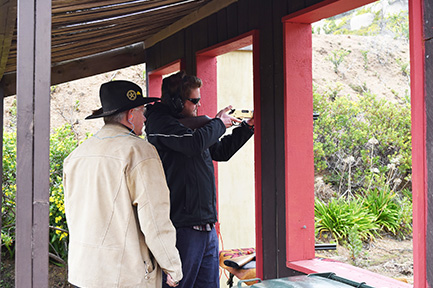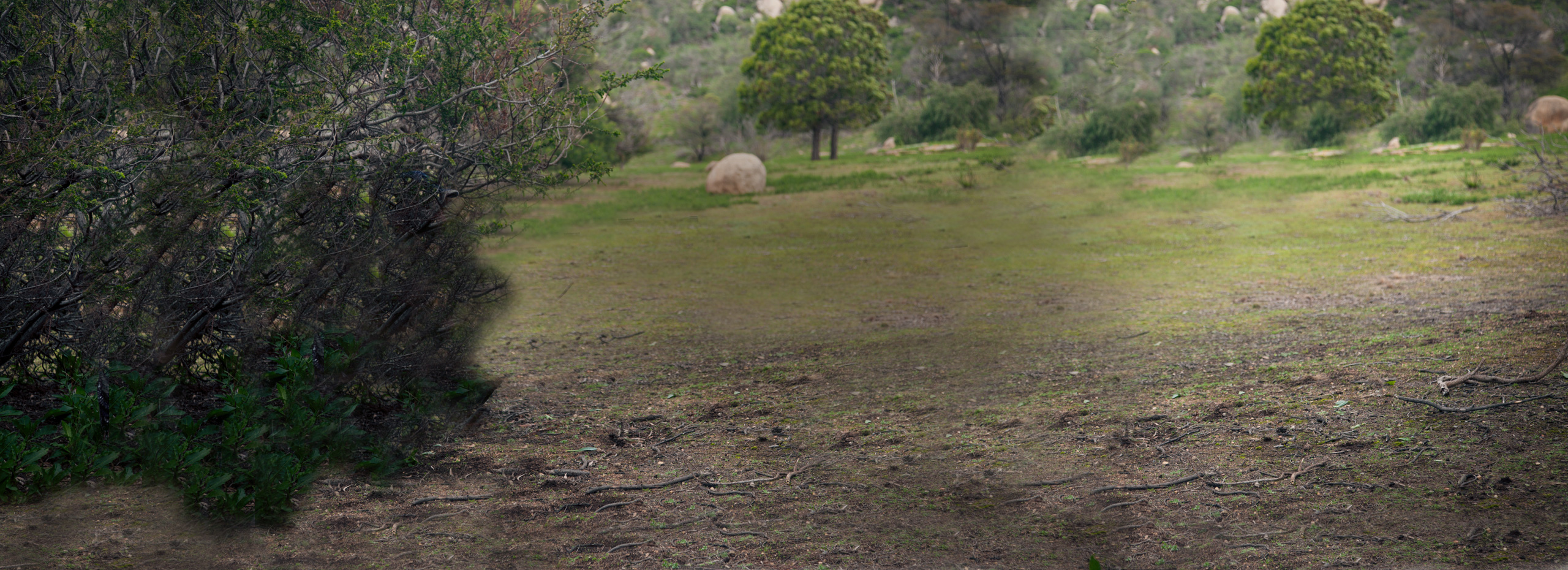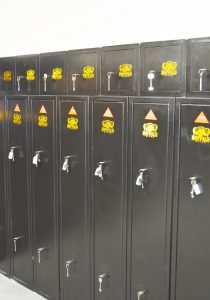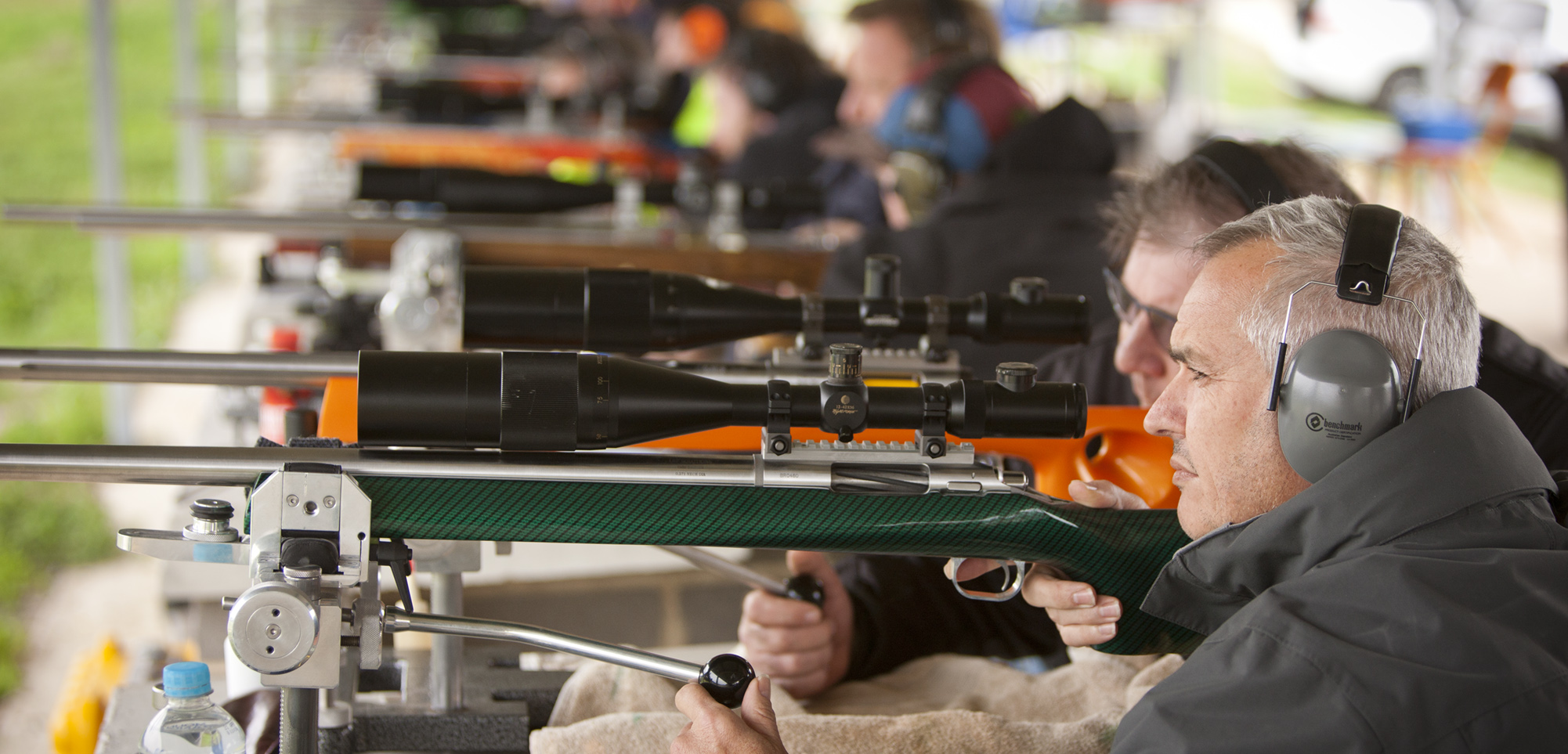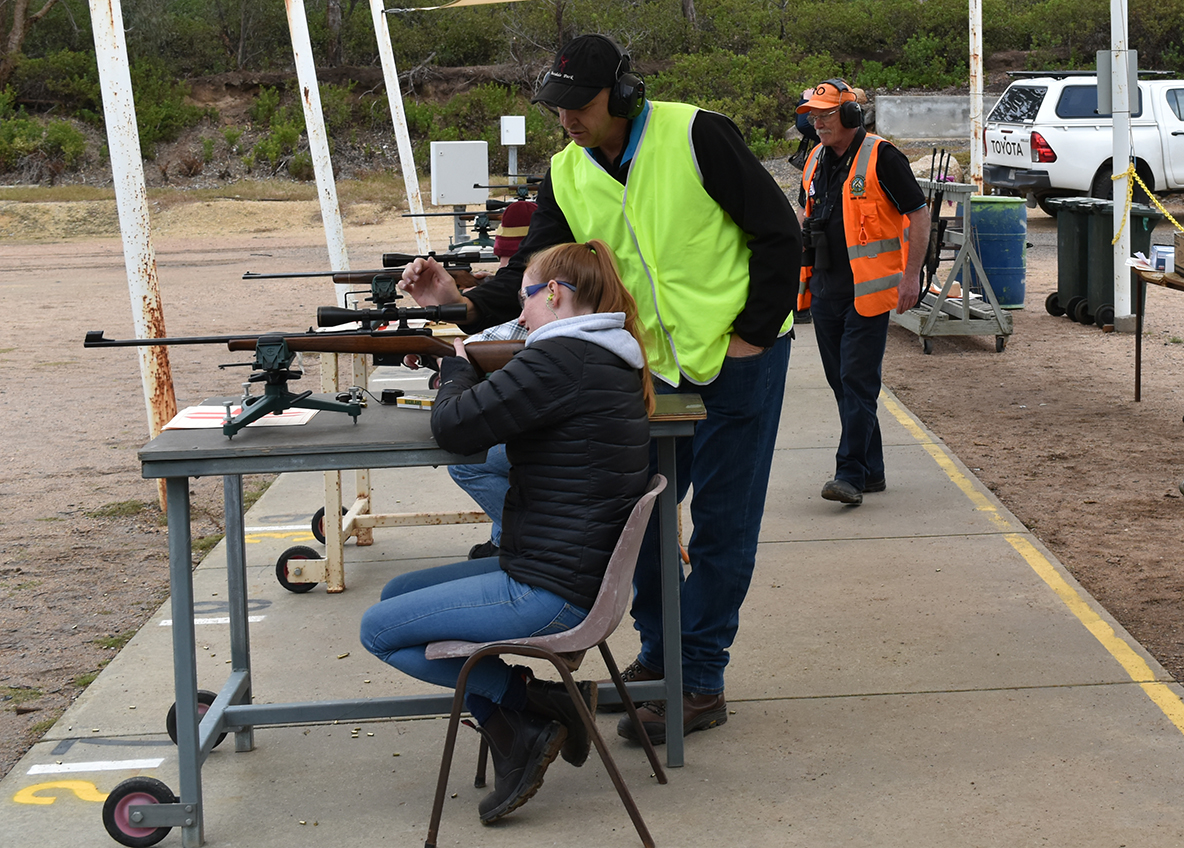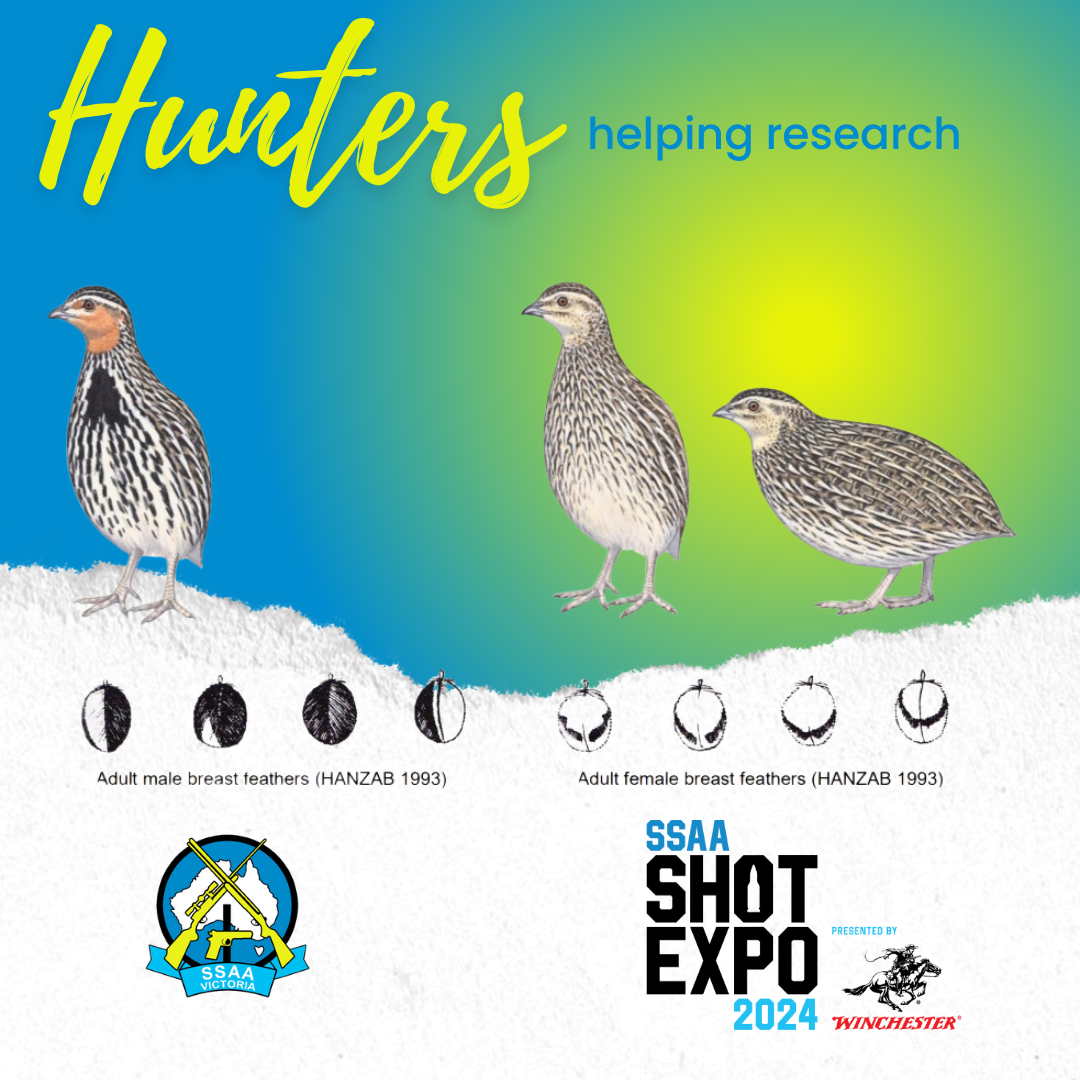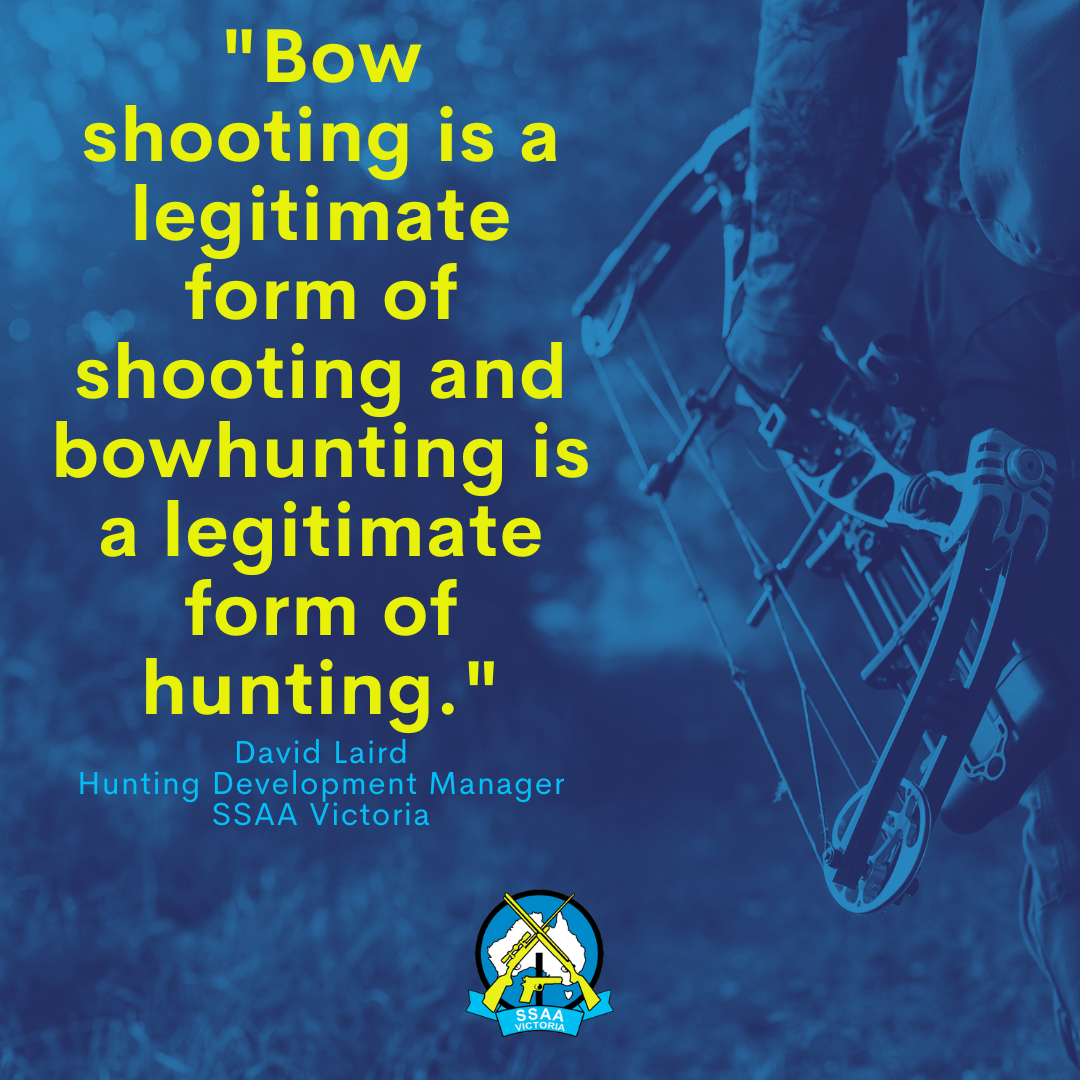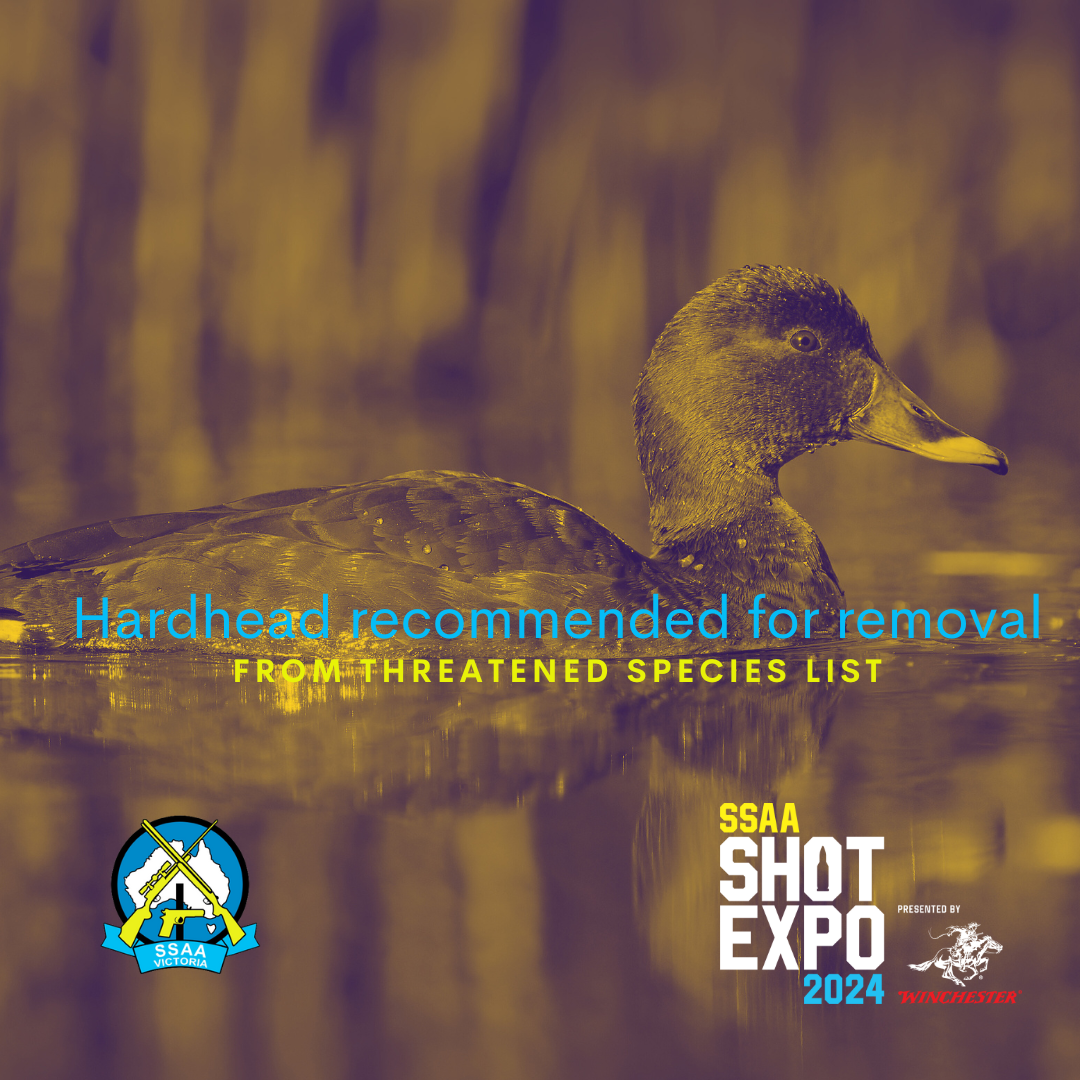Wetland closures for 2024
| Wetland name | Nearby town | Threatened species present / reason for closure | Regulation / Restriction |
| Andersons Inlet | Inverloch | Orange-bellied Parrot | Full closure |
| Big Reedy Lagoon State Game Reserve | Yarrawonga | Great Egret | Full closure |
| Bullrush Swamp | Hamilton | Brolga | Full closure |
| Clydebank Morass State Game Reserve and adjoining public land | Clydebank | Blue-winged Shoveler | Full closure |
| Cundare Pool | Cressy | Brolga | Full closure |
| Dowd Morass State Game Reserve | Sale | Breeding waterbirds | Partial closure (see gazette) |
| Koorangie State Game Reserve, including the Marshes, Lake Bael Bael and Little Lake Bael Bael | Kerang | Freckled Duck, Breeding waterbirds | Full closure |
| Kow Swamp | Gunbower | Wildlife sanctuary | Full closure |
| Greens Lake | Corop | Brolga | Full closure |
| Hird Swamp State Game Reserve | Macorna North | Australasian Bittern | Full closure |
| Lake Bolac | Lake Bolac | Musk Duck | Full closure |
| Lake Boort | Boort | Grey-headed Flying-fox | Full closure |
| Lake Buloke (which includes Little Lake Buloke) | Donald | Blue-Winged Shoveler | Full closure |
| Lake Buninjon State Game Reserve | Willaura | Blue-winged Shoveler Blue-billed Duck | Full closure |
| Lake Colongulac | Camperdown | Blue-Winged Shoveler | Full closure |
| Lake Connewarre (except Reedy Lakes and Hospital Swamps) | Barwon Heads | Orange-bellied Parrot | Full closure (Reedy Lakes and Hospital Swamps are open to hunting) |
| Lake Cullen State Game Reserve | Kerang | Blue-Winged Shoveler | Full closure |
| Lake Goldsmith State Game Reserve | Beaufort | Blue-winged Shoveler, Freckled Duck | Full closure |
| Lake Linlithgow | Hamilton | Blue-billed Duck | Full closure |
| Lake Martin | Cressy | Curlew Sandpiper | Full closure |
| Lake Muirhead State Game Reserve | Willaura | Brolga | Full closure |
| Lake Murdeduke State Game Reserve | Winchelsea | Blue-billed Duck | Full closure |
| Lake Natimuk | Natimuk and Horsham | Blue-winged Shoveler | Full closure |
| Lake Stewart (private land) | Corop | Brolga | Full closure |
| Lake Tutchewop | Mystic Park | Blue-billed Duck | Full closure |
| Lake Wat Wat | Orbost | Blue-winged Shoveler | Full closure |
| Lake Wongan State Game Reserve | Streatham | Blue-winged Shoveler | Full closure |
| Pine Lake | Horsham | Blue-winged Shoveler, Blue-Billed Duck | Full closure |
| Reedy Lakes (Reedy, Middle and Third Lake) | Kerang | Wildlife sanctuary | Full closure |
| Richardson River | Donald and Lake Buloke | Wildlife sanctuary | Full closure - from Lake Buloke up to and including the Sunraysia Highway Bridge |
| The Green Swamp State Game Reserve | Glenthompson | Brolga | Full closure |
| Tower Hill State Game Reserve | Warrnambool | Blue-winged Shoveler | Full closure |
The Select Committee should recommend that the GMA develop a transparent and objective procedure for managing the potential impacts of game duck hunting. Game hunting stakeholders, such as hunting organisations and Birdlife Australia, should be involved in that process, and the closure of public wetlands should be a last resort.
That request was ignored. SSAA Victoria and other hunting interests will continue to advocate for a process that;- Focuses on management and mitigation rather than on closures.
- The fact that the government refers to the current process as the “Wetland Closure Process” is telling. Where disturbance has been established as a legitimate concern, a plethora of management actions can (or could) be taken to mitigate that concern. Closures of wetlands should be the exception, not the rule.
- Is transparent.
- The present situation is that some considerations are put before advocates such as SSAA Victoria and FGA (and, on the other ‘side’, Birdlife), and they can be assessed and debated on their merits. Some considerations form the basis of advice to the relevant Minister from other areas of the public service that are not transparent or subjected to such scrutiny.
- Is objective.
- Whilst an appropriate balance needs to be struck between a process involving environmental variables being prescriptive and being adaptive. A new management and mitigation process needs clear, documented rules and trigger points that can form the basis for considerations and needs to be a ‘living document’ that develops with learning over time. The current “Closure Process” is based on a technical document that sets trigger points for 146 species broadly defined as “waterbirds”. In recent years, the government has also implemented closures to manage a perceived risk of disturbance to non-waterbird species, notably the Orange-Bellied Parrot and the Grey-Headed Flying Fox. If disturbance from hunting is to be regularly assessed as a threat to these (and any other) species, those considerations must be evidence-based and become a part of the transparent, published process.
- Is regularly reviewed.
- The current process evolved narrowly and largely organically. It should be subject to a review from independent experts, and any process that evolves should be similarly reviewed at reasonably regular intervals (e.g. every five years or so).
MP: “Can you explain to me how the process was used to close Reedy Lake near Nagambie for flying foxes”
Bureaucrat: “The process has focused on birds until now, but when we heard that there was a colony of grey-headed flying foxes, a threatened mammal, that had formed at Reedy Lake – that was brought up…I argued that flying foxes are susceptible to disturbance and that maybe we should think about whether hunting was appropriate around the flying fox colony”.
If the process is to be credible, it needs to be better than that. Orange-bellied parrots Last year, we saw, for the first time, closures at Connewarre State Game Reserve and Andersons Inlet to manage a perceived threat of disturbance to the critically endangered Orange-bellied parrots. The Andersons Inlet closure was based on a reported sighting of a bird some months earlier, and the Connewarre closure was based on the experimental release of captive-bred birds in the area. This practice had occurred alongside recreational hunting for five years previously without incident. These areas have been closed again; however, this year, pleasingly, Hospital Swamp and Reedy Lake have been spared from the Connewarre closure. The areas affected by the closures host many other dynamic activities, including motor boating, kite surfing, aviation, wind farms and heavy industrial operations.
